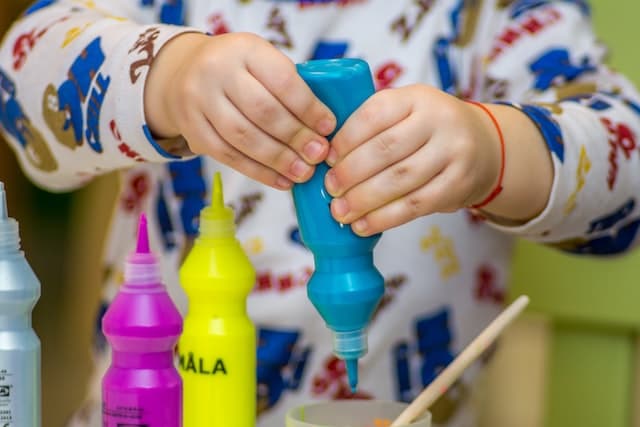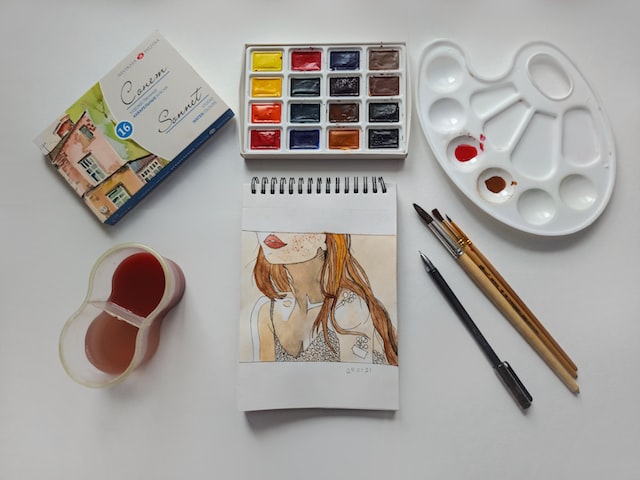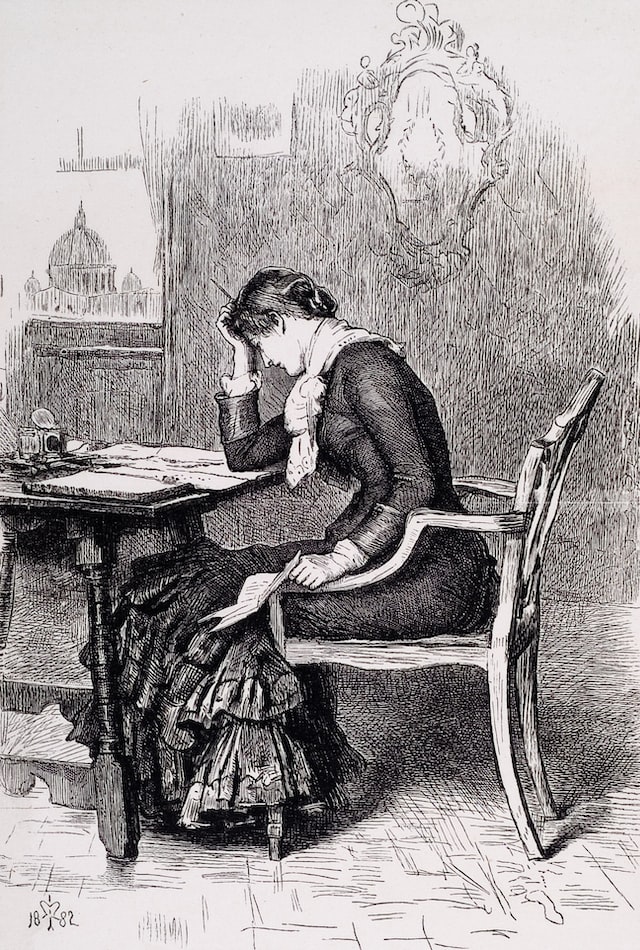Frequently Asked Questions


Who are we?
artKids is an after-school art and drawing program that focuses on building children’s drawing and observational skills – the fundamentals of all art-making – in a fun, supportive, confidence-building environment. Using the elements of art and principles of design, children are taken on an art-making journey, exploring different mediums through the lives and works of famous and contemporary artists, while encouraging individual artistic choices. artKids teaches children there are no mistakes or flops in art, only ‘flopportunities’! By adding, deleting or re-imagining their art, children learn how to solve problems using creative-thinking skills, much sought-after in today’s workplace.
Just for hide purposes do not add any content here
Do you collect my child?
What about if I attend another school - can my child still come?
What type of art is covered?
What does it cost? Do I have to buy art materials?
How old are the children?
Do you have Trial Classes?
Yes, you can book up to two paid trial classes by contacting us at admin@artkidscanberra.com
If you choose to continue, the term fee is invoiced pro rata.
My child is quite anxious and particular about what they do. Will they be OK?
Which suburbs do you operate in?
Do you run Saturday classes?
Do you run School Holiday programs?
What happens if my child is sick and misses a class? What about Covid lockdowns?
Just for hide purposes do not add any content here
Sounds great! How much does it cost?
My child goes to a different school. Can we still attend artKids?
My child missed a class because they were sick. Can I get a refund?
Why is my child scribbling in art class? What am I paying you for?!
I don't recognise anything my child draws. I don't want to hurt his/her feelings. How can I talk to him/her about her art?
Excellent question! Firstly, what your child draws is only half what is going on. Try asking “What’s happening on your page?” rather than asking “What’s that?” Sometimes you’ll get a shrug and that’s OK, don’t push it. Most often you’ll get a long, convoluted story which is added to in the telling.
Do
-
Say “Tell me about your art.”
-
Comment on what you see. “I see you’re using lots of red and green lines. And you’ve drawn some yellow circles here. I like how the yellow and red are mixing together. Did you mean to do that?”
-
Acknowledge their effort. “I can see how carefully you’ve been working on your drawing. You’re really enjoying it.”
Don’t
-
Ask “What’s that?!” or say “I like your tree” (‘cos it probably isn’t a tree!)
-
Say an automatic “That’s pretty.” Kids know the difference. Instead be specific and comment on what you see or acknowledge their effort.
Check out The Artful Parent for more great ways to share art with your children.
I don't want more pieces of paper cluttering the fridge and walls. Do I have to hang up their art?
A kindergarten child handed me her practice drawings with a sad face. “Mummy said not to bring these home.” She had spent some time on the practice drawings that session, doing some rubbing out, adding a line here, curving another one there, asking for help when she needed it. By the time she was finished, she’d learnt how to draw a haunted house.
Was it a masterpiece? No. Was it the best thing she’d ever done? Again, no. Had she learnt from it? You bet she did. But if she threw it in the bin, where was her sense of achievement? What could she copy from to draw another haunted house, this one better than the last? Now, what if it was hanging on the fridge? She’d see it in the morning when she got her milk. She’d think about how she had trouble at first but she persevered and overcame her hesitancy and in the end, she drew a house. Each time she looks at it, she can see how she could do better next time. Encourage her to try again. “Show me how you drew that house. It looks really scary.” Soon enough she’ll be tearing that practice one down and putting up a masterpiece. And that’s why you hang up their art.
What type of drawings should my child be doing at this age?
First stage: around two to three, children do simple scribbling and mark making on the page. Not surprisingly, it’s all about the process.
Second stage: around preschool is the appearance of round shapes.
Third stage: around preschool and Kindergarten, children draw symbolically. All of a sudden they start to recognise a rounded scribble or a painted shape as something else. There will be a story going on on their page.
Fourth stage: around Kindergarten (4 – 5 years old), faces and people appear – without bodies, just heads with arms and legs.
Fifth stage: around 5 – 7 years old, children start to draw on a baseline and include more representational drawing of houses, families, cars, bikes, trees, etc. They are drawn as they know them, so there’s no perspective or scale.
Sixth stage: around 8 – 10 years old, perspective and scale kick in. Things get a bit harder and typically, these are the ages when children lose interest in their drawing skills if they haven’t received encouragement or appreciation of their efforts. This is an age when they become aware of fitting in with their peers and following the pack. Their ability to self appraise is strong and the belief that they are not good enough can have them packing their pencils away for good. Definitely must attend an artKids workshop!
How can I encourage my child's creativity and art?

